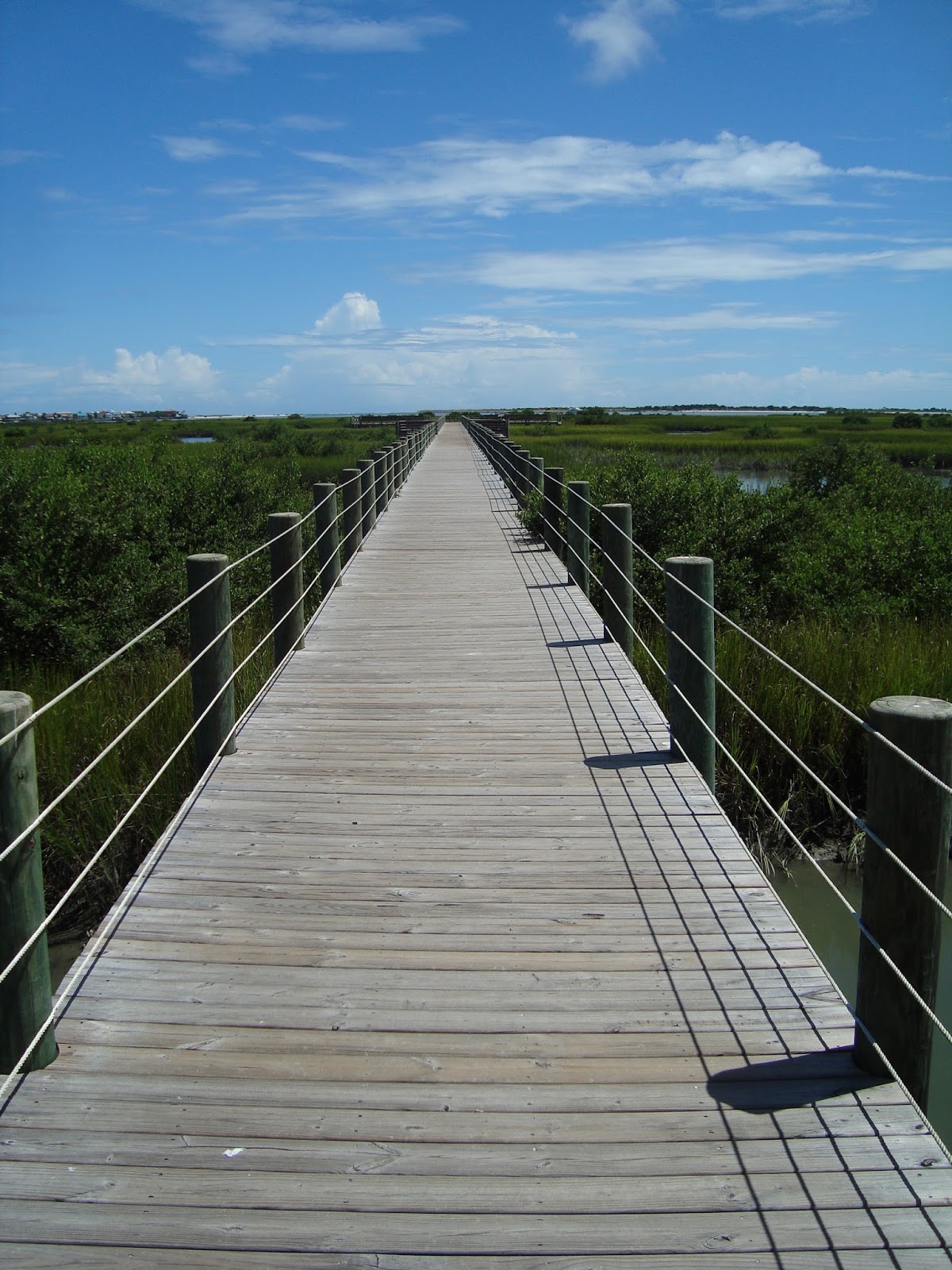Or not. The quest for the Fountain of Youth was attributed to Ponce de León after his death in 1521. He died of a poisoned arrow shot from a Calusa Native American bow during a failed attempt at establishing a colony in the vicinity of Charlotte Harbor. His journey in search of La Florida had more prosaic concerns of finding gold and expanding the Spanish Empire in the New World. And so far, that mysterious Fountain of Youth still eludes its dogged pursuers. That said, the Fountain of Youth Archaeological Park in Saint Augustine, Florida, still tells the important story of America's oldest city and its first European colonizers.
Rumours of an island to the north and west of Spain's holdings in the Caribbean were increasing in frequency through 1511. The Spanish Crown had good reason for wanting to lay claim to any such lands, and commissioned Ponce de León to chart his course towards it, at his own expense. He set out with three ships and 200 men from Puerto Rico in March of 1513, and by the beginning of April had sighted the land he dubbed La Florida for its discovery during the Easter season (which in Spain is referred to as Pascua Florida, the Festival of Flowers). The location of his initial landing is disputed. Some scholars suggest a location near Cape Canaveral, others suggest the area of Ponce de León Inlet. The site privileged by the Fountain of Youth Archaeological Park is the Fountain of Youth Archaeological Park.
 |
| A statue of Ponce de León at the Fountain of Youth. |
What is known for certain is that the Fountain of Youth Archaeological Park was the site of Spain's first permanent settlement in North America. French interests in the New World led to the construction of Fort Caroline in the vicinity of modern-day Jacksonville, Florida in 1564. That alone was enough to pique Spanish interest, which was compounded by a group of French mutineers who turned pirate and began attacking Spanish ships. Furnished with an excuse, the Spanish sent Pedro Menéndez de Aviles to destroy Fort Caroline. On the Feast Day of Saint Augustine of Hippo - August 28, 1565 - he sighted the part of Florida's coast that he would name in the saint's honour. A little over a week later they sailed through the inlet and made a beachhead near a camp of Timucua Native Americans. Archaeological digs at Fountain of Youth Archaeological Park have established a Timucua village in the area dating back to 1100CE. Other digs at the site have also found the foundations and remains of the fort erected by Pedro Menéndez de Aviles.
 |
| A diorama of the meeting between the Spanish and the Timucua at the Fountain of Youth. |
 |
| Replica of a Timucua village at the site. |
 |
| Two display cases of artifacts recovered during archaeological digs at the Fountain of Youth, showing continuous occupation from the Timucua through the Spanish, British, and lastly, Americans. |
From the newly established fort of Saint Augustine, Pedro Menéndez de Aviles was able to launch his attack on Fort Caroline. It was a slaughter: the Spanish killed every man, sparing only the women and children. Some men managed to escape, but the Spanish caught them at Anastasia Island near Saint Augustine. They too were slaughtered, and the event was commemorated in the naming of the bay "Matanzas," the Spanish word for "slaughter." This massacre soured relations between the Spanish and the Timucua, who were allies of the French. In 1566, Timucua warriors burned down Saint Augustine, prompting the removal of the city slightly to the south, where it currently resides. Nevertheless, Spanish missionaries radiated from Saint Augustine, as did Western diseases. When Pedro Menéndez de Aviles landed on Sept. 8, 1565, the first Catholic Mass in the United States was held. By 1687, the first Catholic mission in the United States was established at nearby Nombre de Dios. Eventually the wooden fort was given up on and a stone fort - Castillo de San Marcos - was established closer to the relocated town of Saint Augustine.
 |
| The site of the original fort and a reconstruction of a Spanish watch tower. |
 |
| A boat shed with a project in progress. Based on best estimates, this reconstruction is on the exact same spot at the fort's original shed. |
 |
| Looking back at the reconstructed watchtower from the bay boardwalk. |
 |
| The picturesque boardwalk out to Matanzas Bay. |
So what does any of this have to do with the Fountain of Youth? The spring rising from the Floridan Aquifer at this spot would have been the most readily available source of fresh water for Ponce de León and his crew when they set foot on the spot that would become Saint Augustine and the Fountain of Youth Archaeological Park. It is also what made the site so attractive for the Timucua people. Connecting the dots, the spring made an excellent tourist attraction for enterprising locals when Saint Augustine emerged as a prime resort for the well-heeled traveler. The park as it is known today was established in 1904, and continues to offer a sip from the fountain for all who pay admission. You can even buy bottles of it from the gift shop.
For the record, it has a very sulfurous taste and, so far, we haven't noted any youth-restoring effects.








No comments:
Post a Comment